Featured Projects
Community Renewal in Island East
Cross-century Sustainable Development
Sustainability is at the heart of a city’s development. From a fishing port to the metropolis that it is today, Hong Kong’s transformation has been shaped by different visions of urban planning and development. Among them are Swire Properties’ Taikoo Place and Cityplaza, which have evolved along with Hong Kong’s economic growth and the Group’s philosophy of sustainable development. Through a century of transformation, they have not only become one of the city’s central business districts, but also emerged as a dynamic and unique community.
Keypoints
- Creating value is the core philosophy of Taikoo Group’s community development planning. The Group believes a sustainable community must have close connections to other districts and offer comprehensive transport in order to enhance the commercial value of the community.
- Taikoo Place offer art and cultural activities that help cultivate a more attractive work environment and enhance work efficiency, which was in line with the philosophy of sustainable environment.
- Minimising environmental impact including reducing greenhouse gas emission, enhancing energy efficiency, water and waste management can help build a sustainable community.
Visions of Community Planning
Taikoo Place and Cityplaza were originally located in Quarry Bay. At the end of the 19th century, the district was inhabited by only a small number of quarry workers. Battlefield & Swire saw the potential of this undeveloped land and went on to build a dockyard, Taikoo Sugar Refinery and Hong Kong Soft Drinks Factory. The largest in Asia at the time, Taikoo Dockyard employed more than 5,000 staff during its peak and was one of Hong Kong’s major industrial zones.
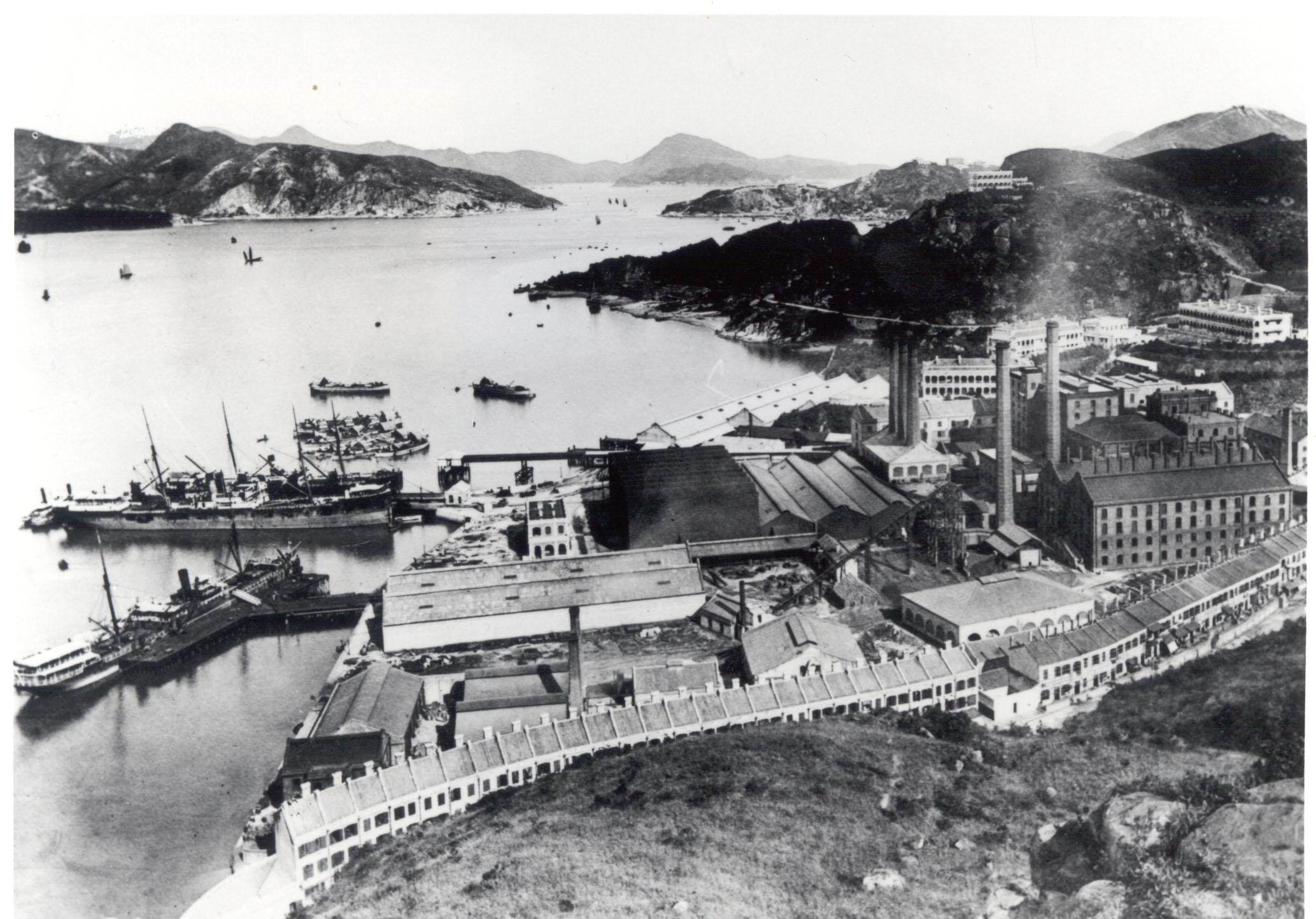
Taikoo Dockyard has now transformed and developed into Taikoo Place in Quarry Bay.
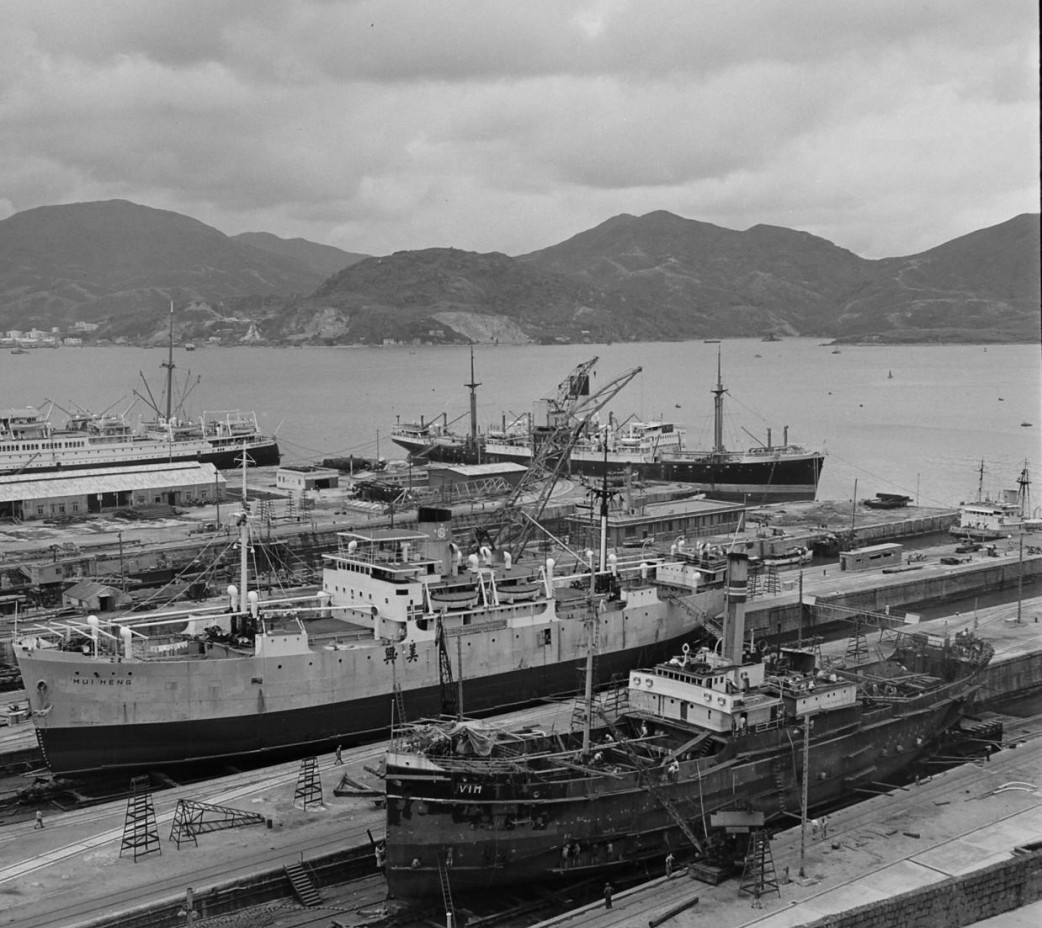
Taikoo Dockyard was once the largest dockyard in Asia.
Core Philosophy: Creating Value
In the 1970s the shipbuilding industry waned, and Taikoo Dockyard closed in 1978. The Swire Group launched a multi-phrase redevelopment of the waterfront site to build the large-scale residential estate Taikoo Place and the shopping-cum-office complex Cityplaza. It was the largest multi-purpose integrated development of its era in Hong Kong. Amie Lai, Manager of Technical Services and Sustainability Department of Swire Properties, says that creating value is the core philosophy of the Group’s community development planning. To this day, Taikoo Place remains a large-scale private residential estate of high resell value.
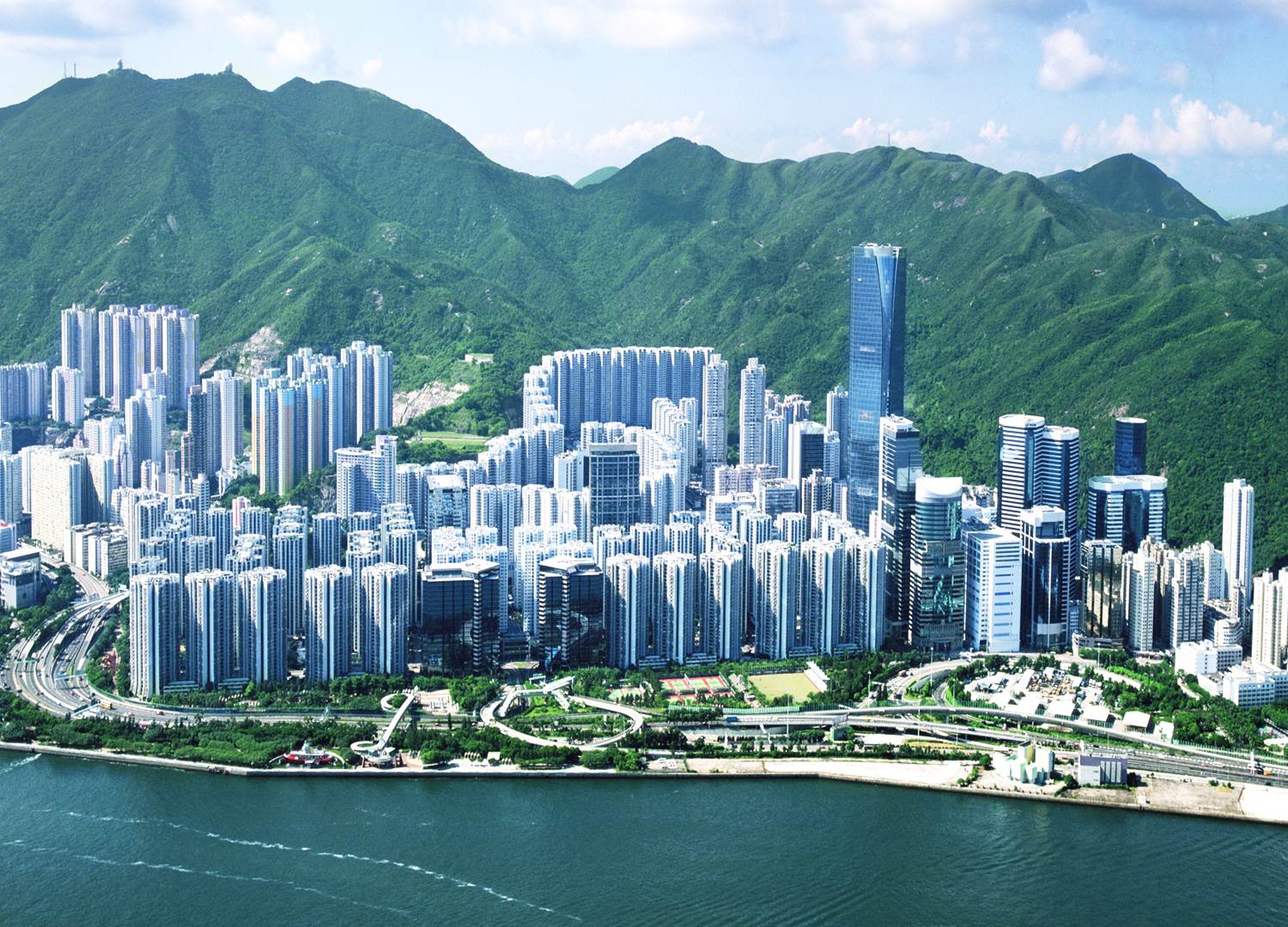
The Swire Group launched a multi-purpose integrated development upon the closure of Taikoo Dockyard.
Taikoo Sugar Refinery closed in 1976. The Group renovated the factory into Taikoo Trading Estate, and later built three new industrial buildings in the vacated space at the refinery site. In the early 1990s, Hong Kong’s economy entered a period of transformation and growth, which led to great demand for commercial buildings. The Group renovated the three industrial buildings into grade-A commercial buildings that comprise Taikoo Place.
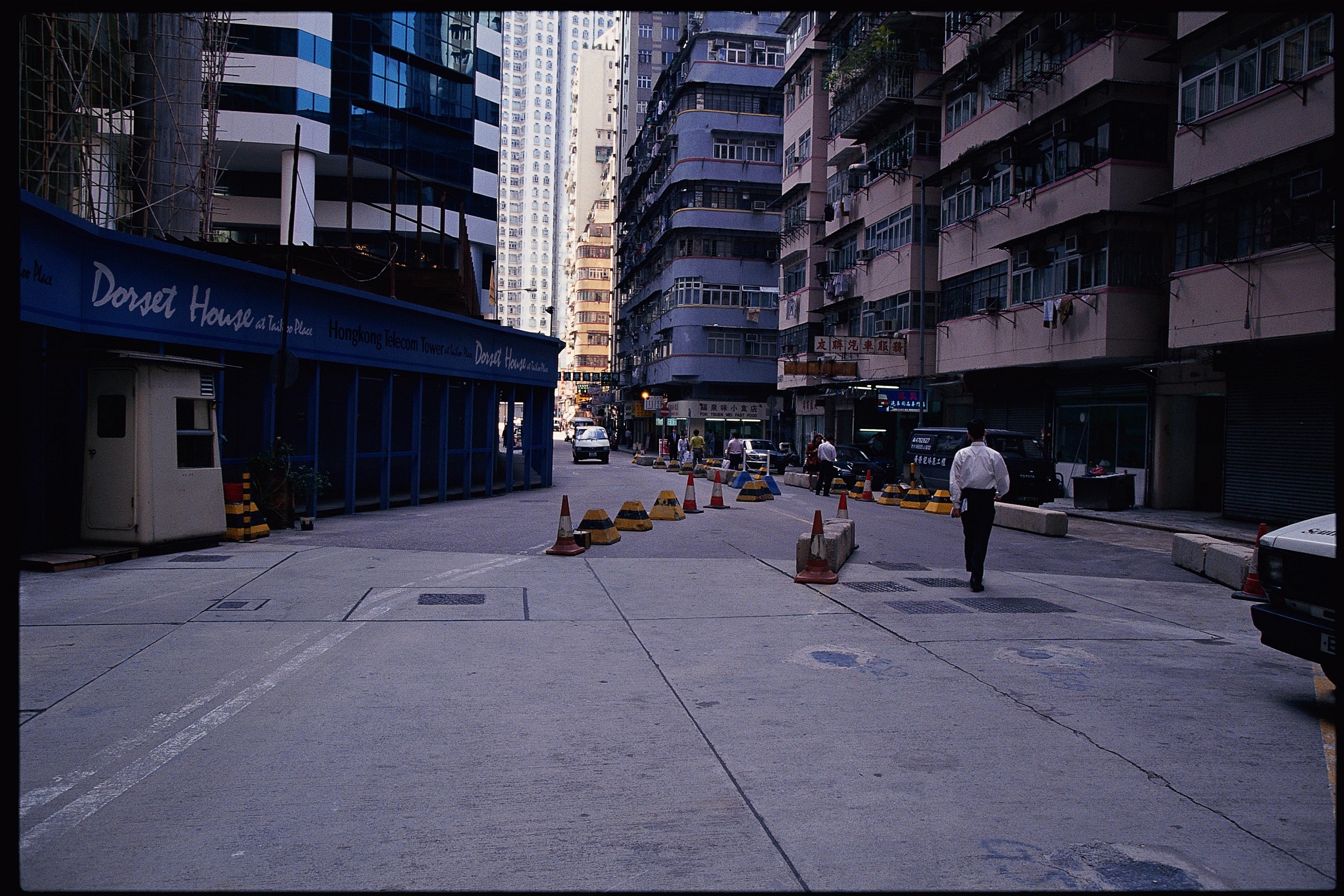
Following the transformation of Hong Kong’s economy, Taikoo Sugar Refinery has now turned from an industrial district into a commercial one which is named Taikoo Place.
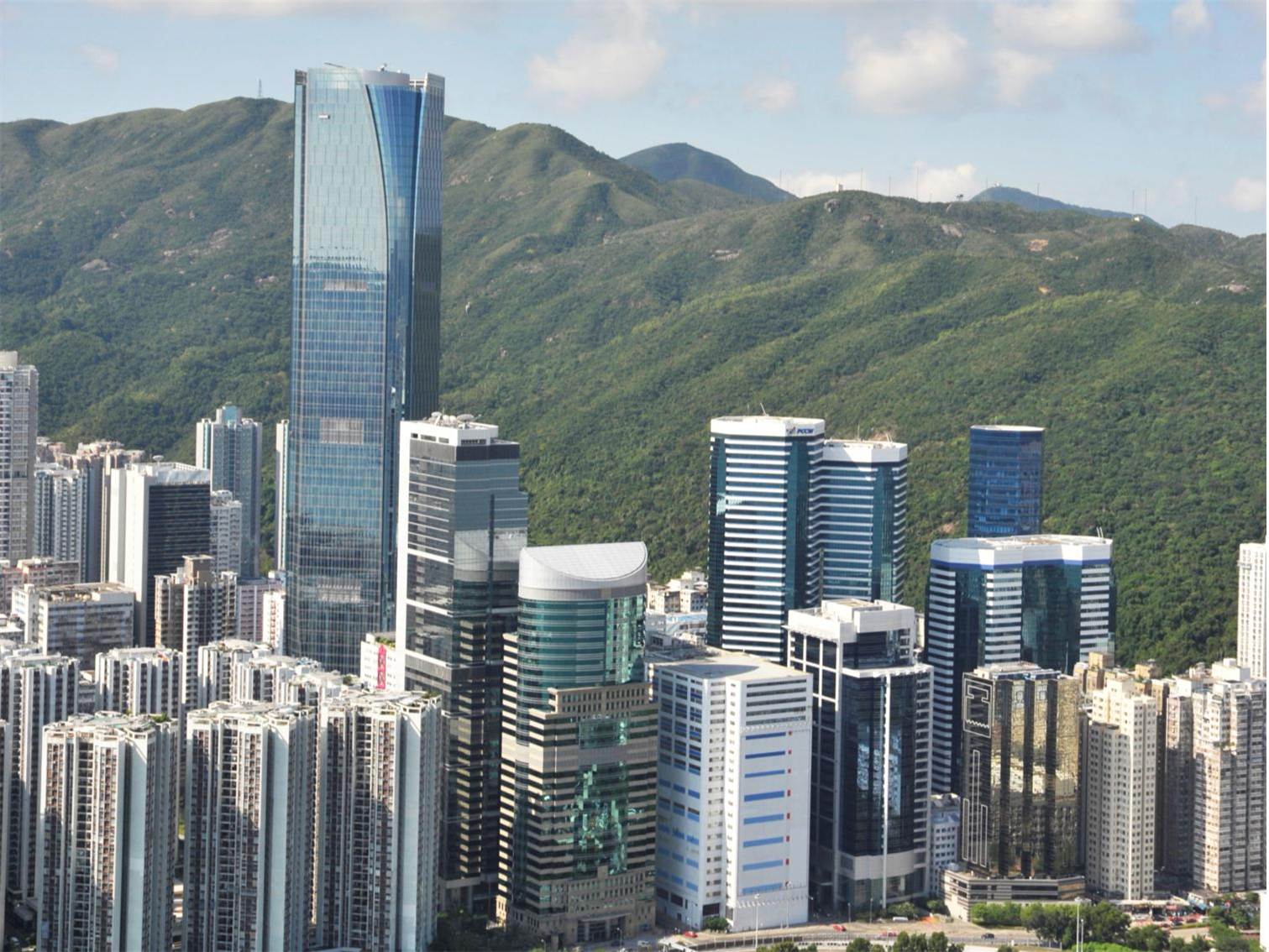
One Island East, rising 300 metres, has 68 storeys which is the tallest commercial building and a landmark in Island East.
Closer Ties in the Community and Beyond
Amie Lai adds that the Group believes a sustainable community must have close connections to other districts and offer comprehensive transport. In addition to direct access to Quarry Bay and Taikoo MTR stations, Taikoo Place is connected to Kowloon and the New Territories via the Island Eastern Corridor, which increases the commercial value of the community.
Art and cultural activities create closer ties within the community. In 2008, the Swire Group launched ArtisTree in Cornwall House in Taikoo Place, a 20,000-square-foot art and cultural activity space for hosting performances by different art groups. From September 2014 to February 2015, the Group curated “PROJECT AFTER 6” to organise regular art, music and leisure activities, which fostered a relaxing atmosphere and cohesion in the community through art. They offered entertainments and leisure that helped cultivate a more attractive work environment and enhance work efficiency, which was in line with the philosophy of sustainable environment.
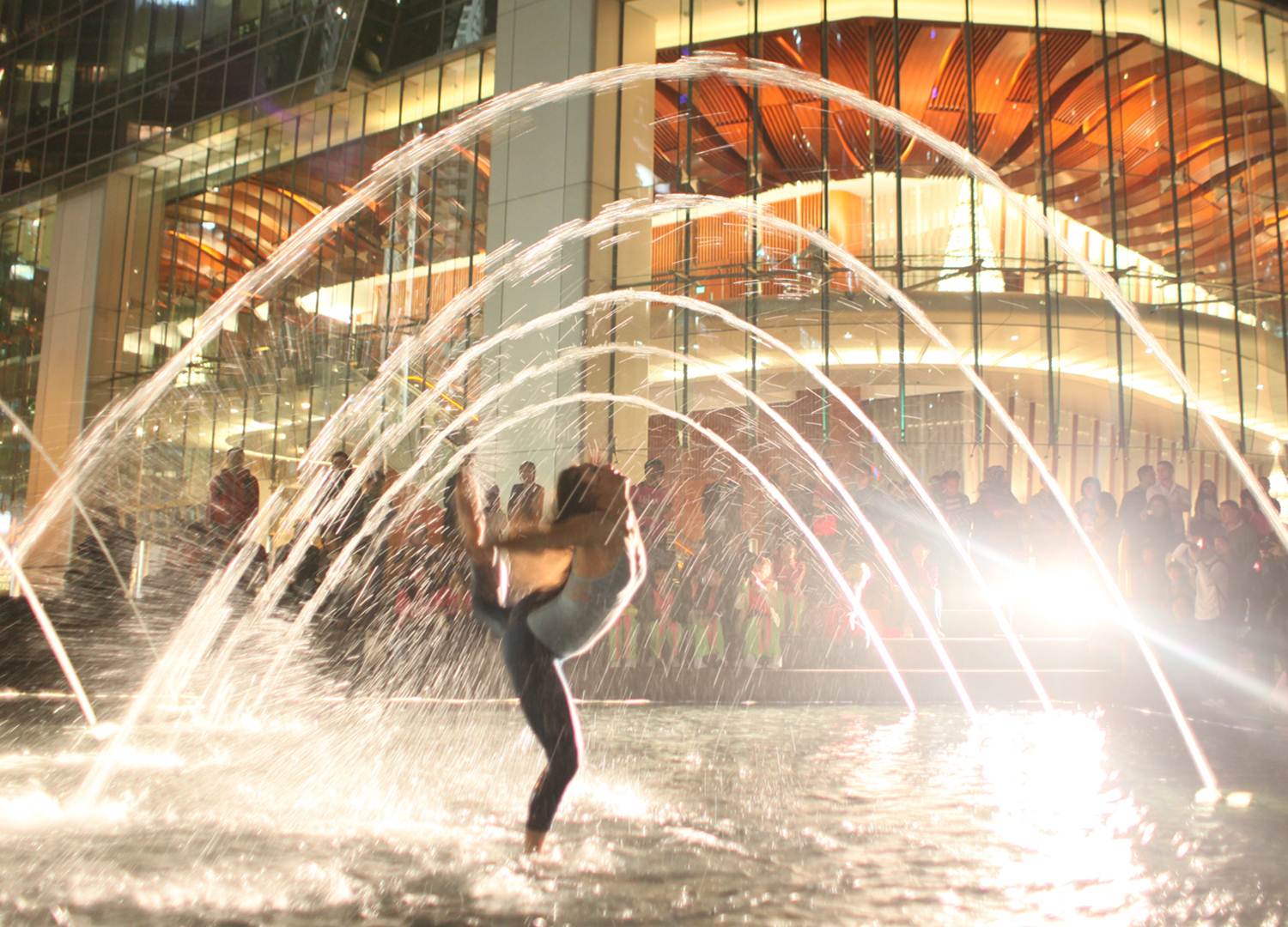
Art and cultural activities help foster a relaxing atmosphere.
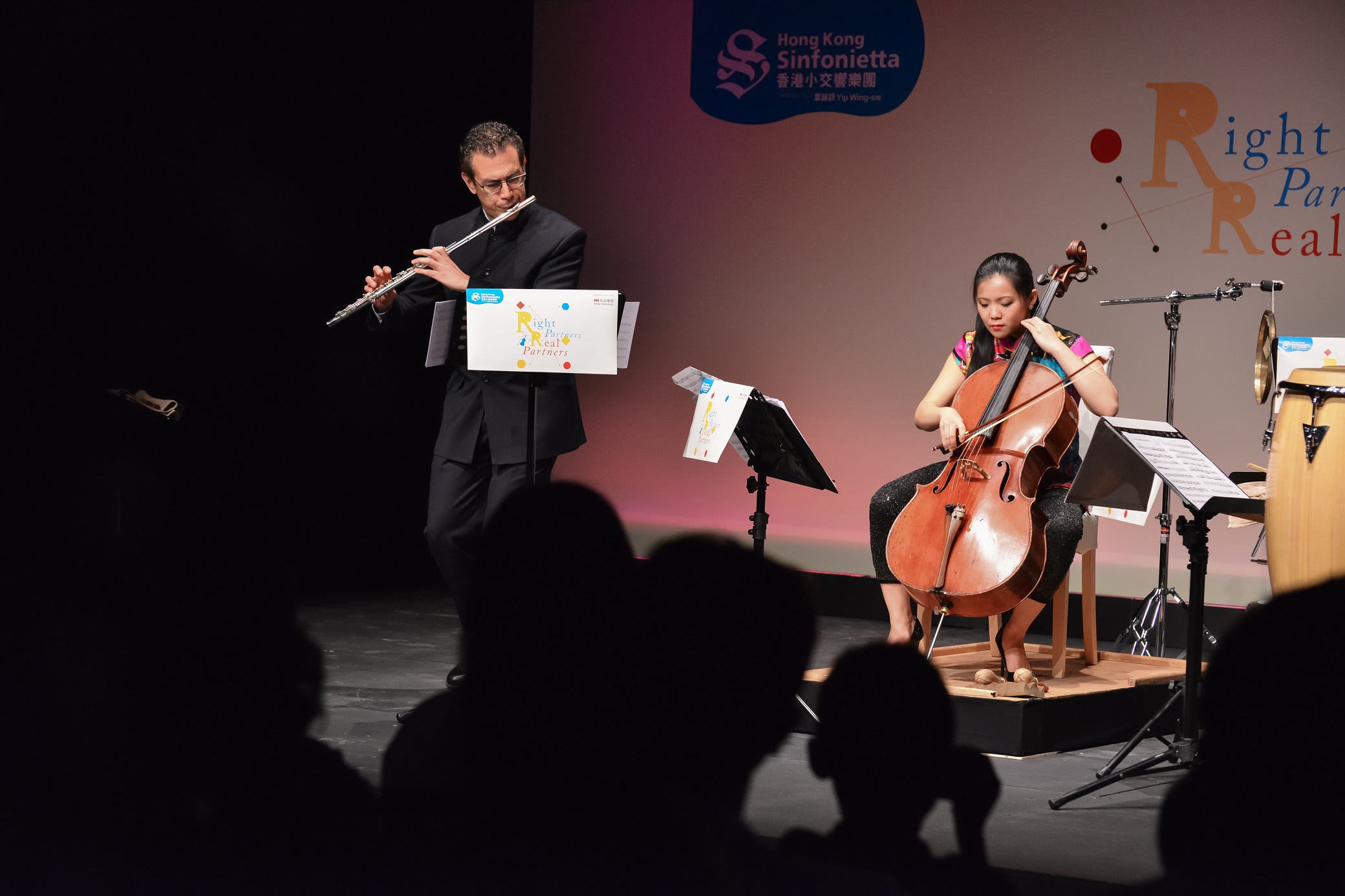
Hong Kong Sinfonietta joined the ArtisTree programme to offer the community music performances.
Minimising Environmental Impact
The sustainability of a city’s development is closely tied to that of its communities. In planning its properties in the Island East, the Swire Group adopted various measures for reducing greenhouse gas emissions, increasing energy efficiency, improving water conservation and waste reduction to minimise environmental impact and to contribute to the community’s sustainable development.
According to Cary Chan, General Manager of Technical Services and Sustainability Department of Swire Properties, the Group was the first property developer in Hong Kong to employ the BEAM (Building Environment Assessment Method) in conjunction with the ISO14001 environmental management system. As early as in 1998, the Group used the BEAM in property and facilities management in its Island East properties; it went on to obtain the ISO14001 and ISO50001 energy management system certifications and the OHSAS 18001 occupational health and safety management system certification.
According to Cary Chan, General Manager of Technical Services and Sustainability Department of Swire Properties, the Group was the first property developer in Hong Kong to employ the BEAM (Building Environment Assessment Method) in conjunction with the ISO14001 environmental management system. As early as in 1998, the Group used the BEAM in property and facilities management in its Island East properties; it went on to obtain the ISO14001 and ISO50001 energy management system certifications and the OHSAS 18001 occupational health and safety management system certification.
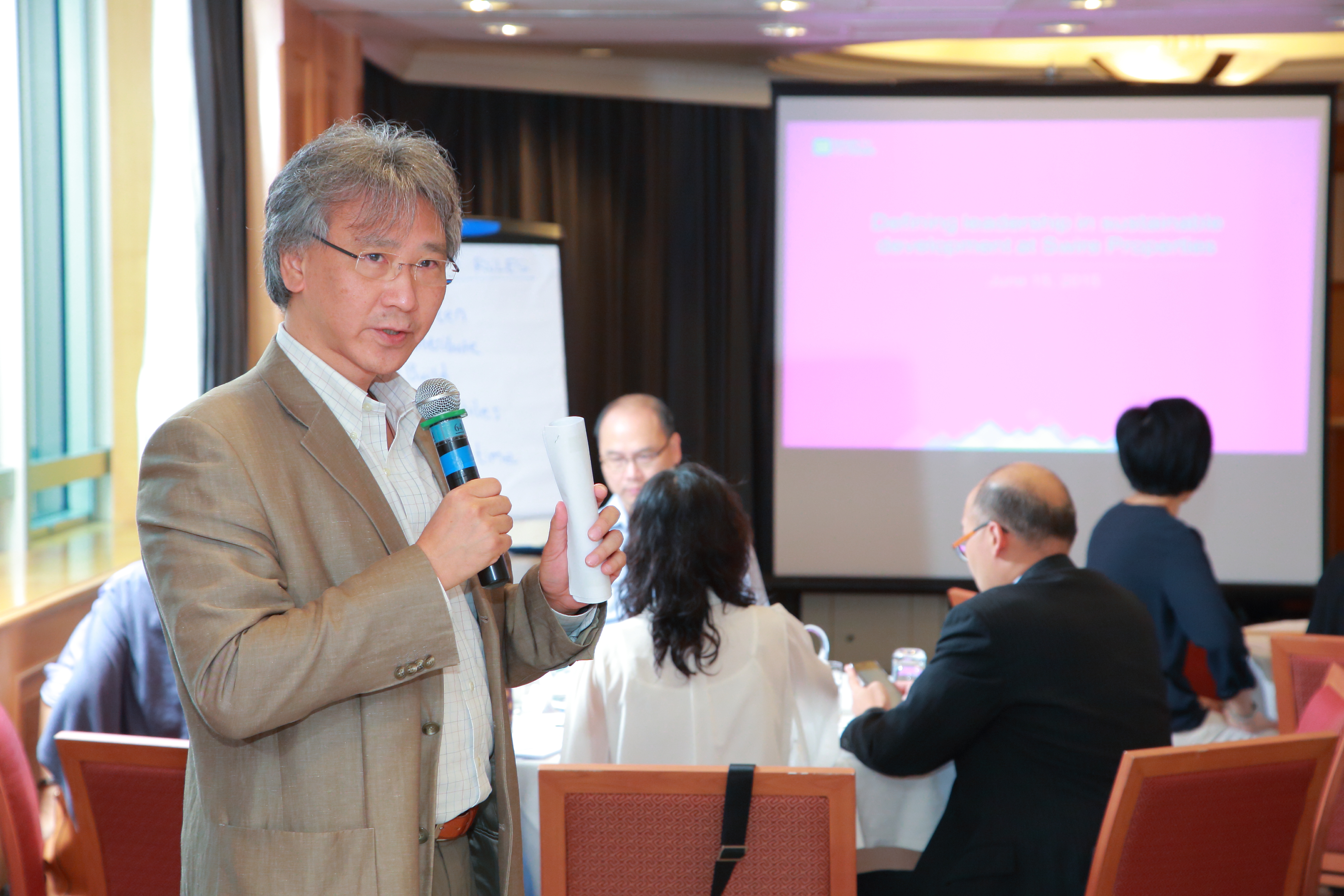
Cary Chan believes that only when the stakeholders (including the company owners & employees) understand the importance of minimising the environmental impact can the environment be sustainable.
He adds that the Group began to adopt knowledge-based energy management starting from the year 2000. The Group set up an energy-database and laid out a number of three-year energy efficiency objectives; in 2006 it expanded its energy saving initiatives to include carbon emissions reduction. Since 2008, the Group has offered free energy audits to its tenants. It co-founded with Tsinghua University and Hunan University joint research centres that provide a large volume of operation data; for instance, data of 2,000 items is collected by the research centres on a daily basis. The Group’s properties serve as sample properties for data collection and research.
Energy Management Strategies
| Building Design | Energy Saving | Property Facilities | Office Operations | Tenants |
| Green Podium | Use of natural daylight and lower power intensity in common areas & back of house areas | Viable speed FCUs | Occupancy sensors & timers | Promote 24.5 C Indoor temperature |
| Energy Saving Facade | Chiller Plant Optimisation | Sea water cooling tower to fresh water and chiller replacement | Efficient lamps & controls | Free energy audit |
| Introduce fresh air intake | High Efficiency Cooler | Intelligence escalator | Promote green building | T5 /LED lamps replacement |
Taking Swire’s Eastern District properties as examples, Chan notes that the company’s team of specialists use computational fluid dynamics analysis to measure air flow in pedestrian areas, evaluate the efficacy of daylighting in providing sufficient light, and employ thermal imagers to measure surface temperatures to devise energy saving strategies. Research was also conducted on increasing the amount of green space on the top of the footbridge on King’s Road, between PCCW Tower and Dorset House, and in the low-level podium of Oxford House. In 2002, the Group set up its environmental, occupational health and safety management databases.
Chan reveals that the Group has initiated about 300 energy saving and eco-friendly measures including improved waste recycling, setting up a green material sourcing system, offering energy audits to its tenants and consultation services on sustainable development, which represent a total investment of over HKD470 million. As of 2014, these measures resulted in an energy saving of 40 million kilowatt hours per year.
Chan reveals that the Group has initiated about 300 energy saving and eco-friendly measures including improved waste recycling, setting up a green material sourcing system, offering energy audits to its tenants and consultation services on sustainable development, which represent a total investment of over HKD470 million. As of 2014, these measures resulted in an energy saving of 40 million kilowatt hours per year.
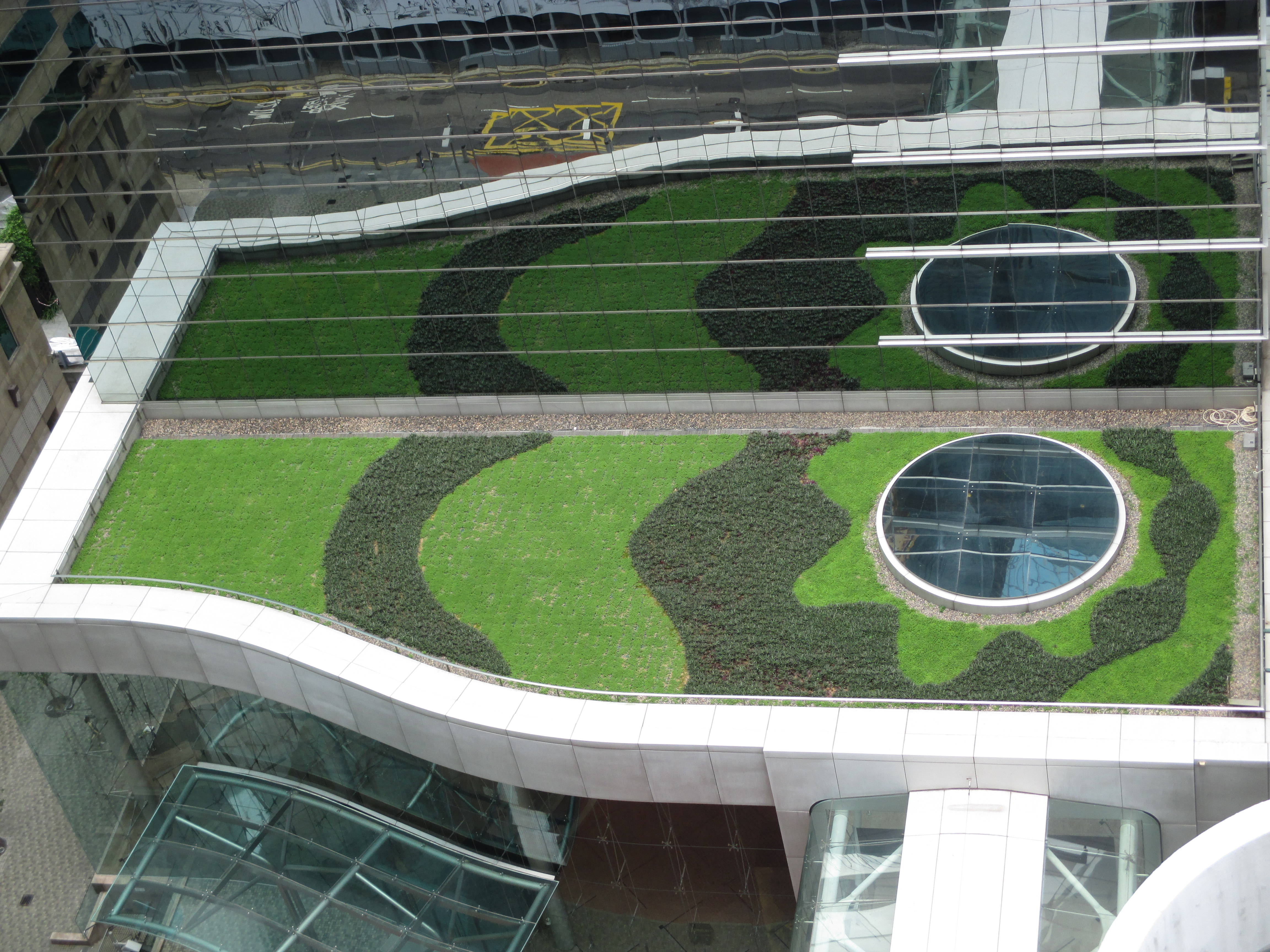
Greenery at low level of Oxford House
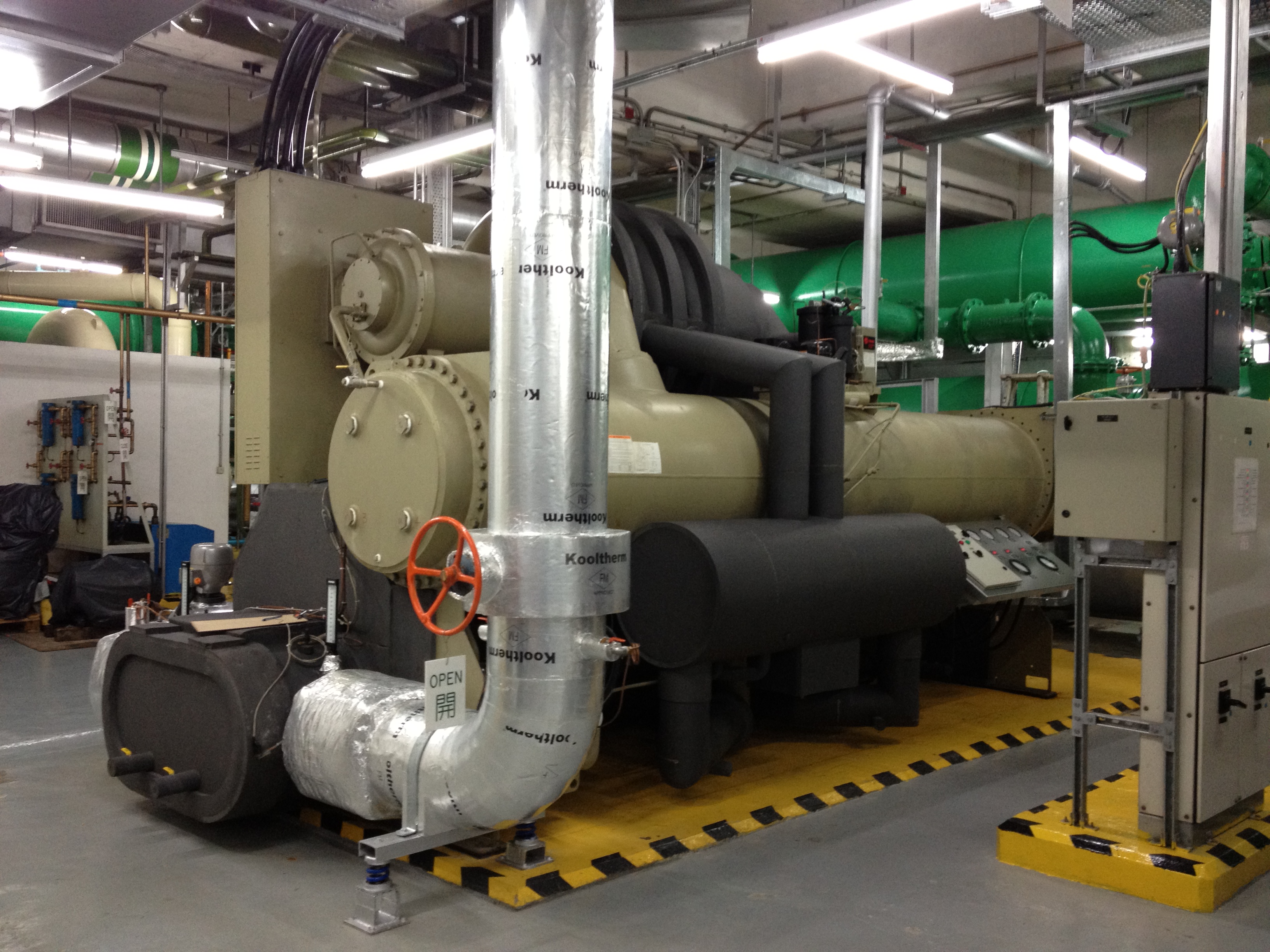
Chiller plant optimisation
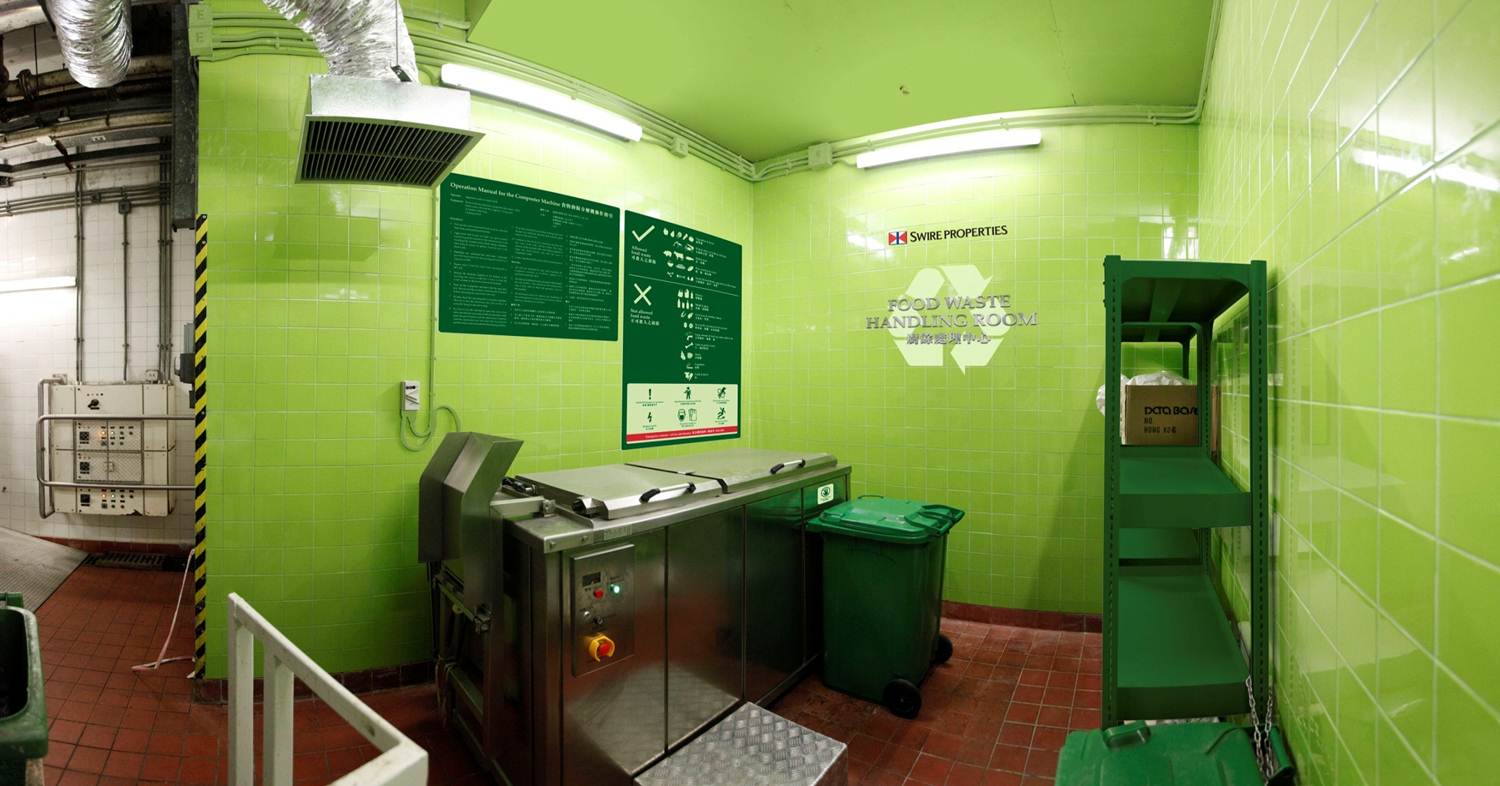
Refuse & Food Waste Handling Room at Dorset House
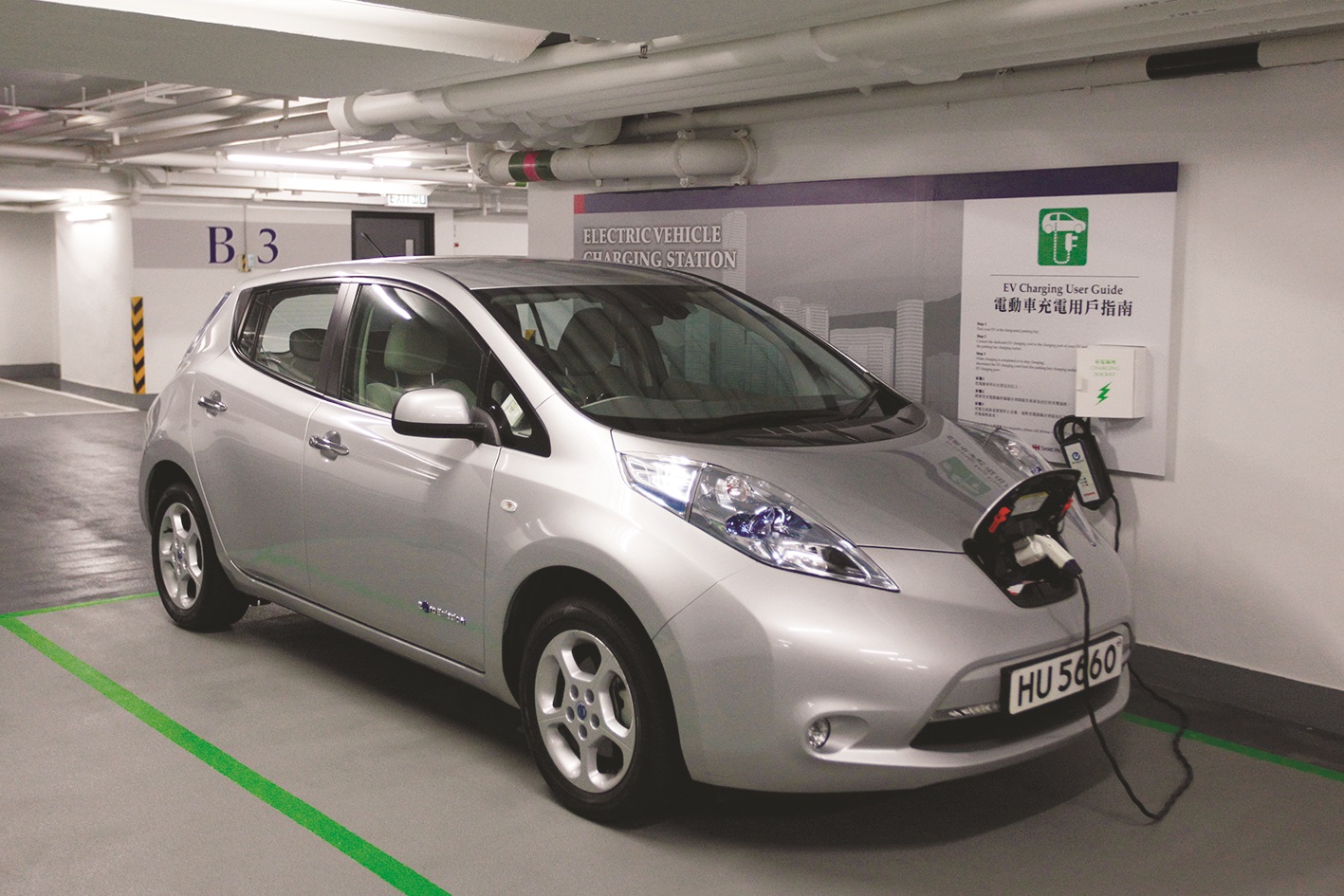
Electrical Car & Charging
He believes that a city’s sustainable development is propelled not only by corporations but by the entire community. In view of this, Chan represents the Group in attending various international conferences for experience sharing and setting industry standards.

